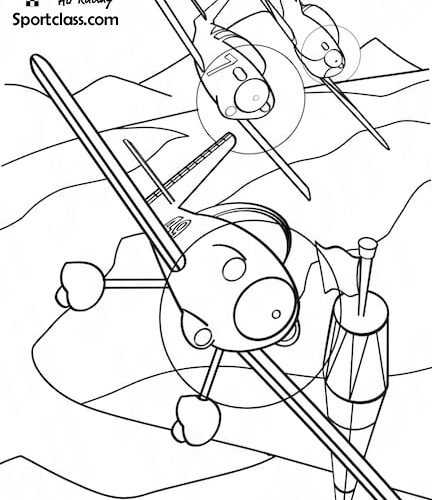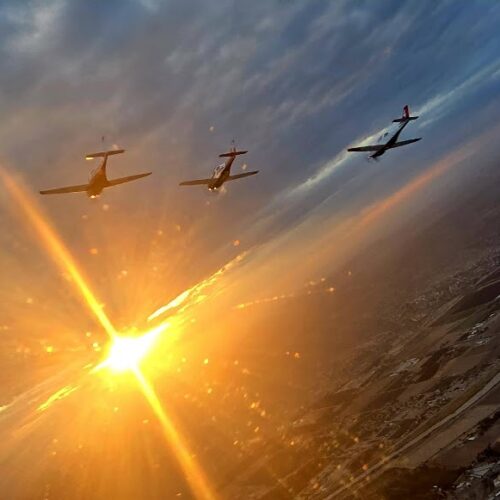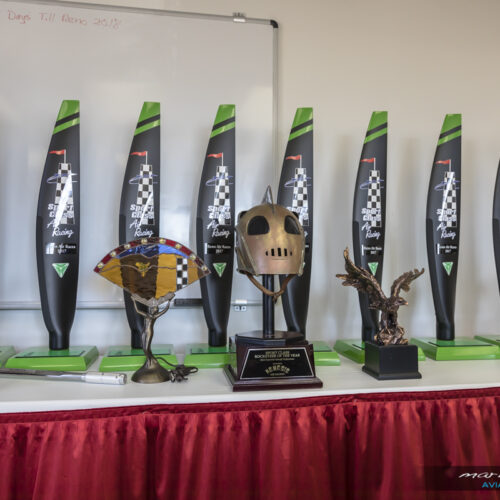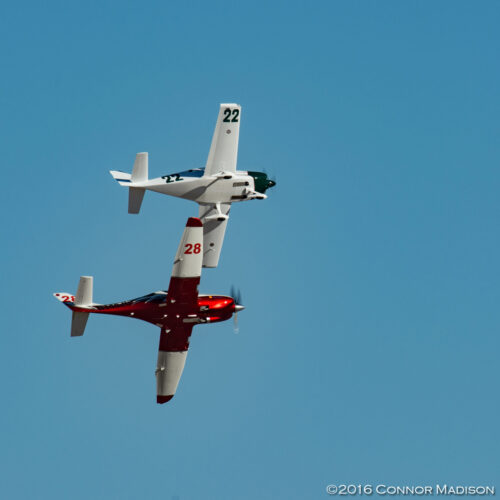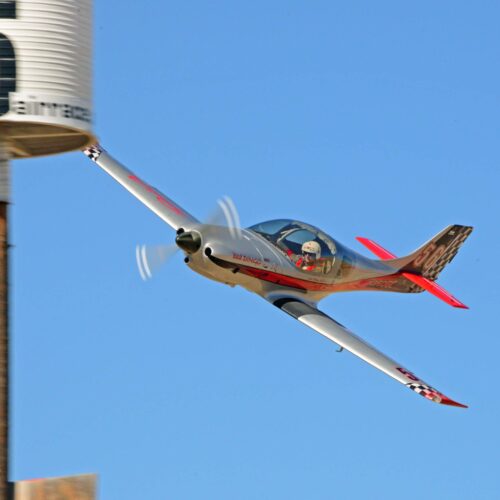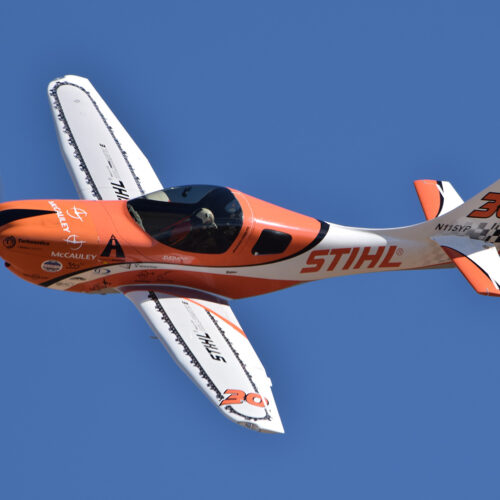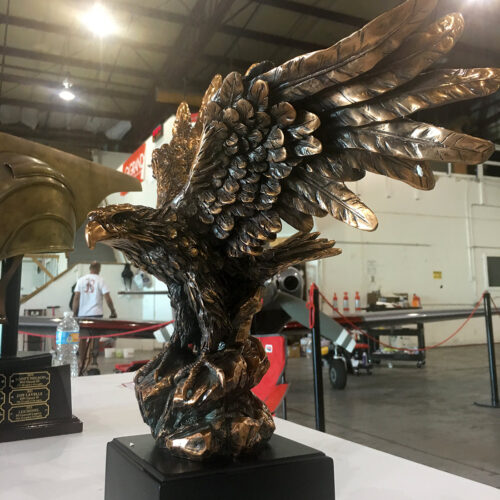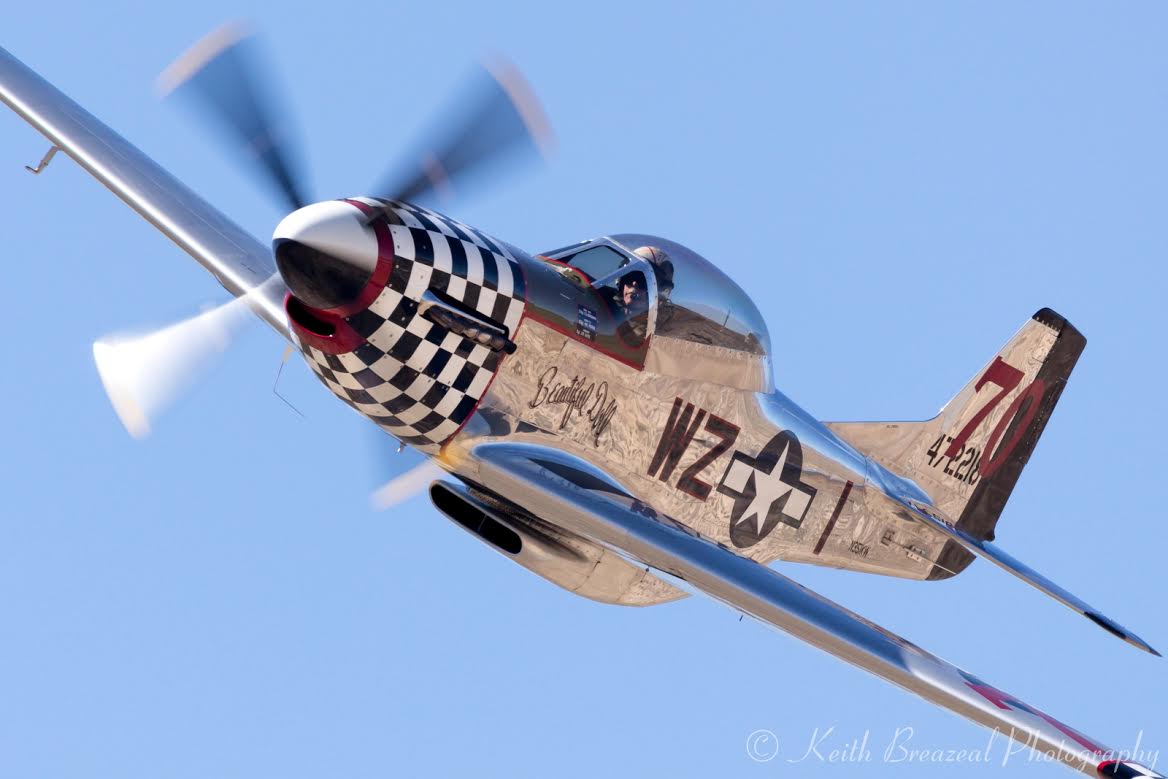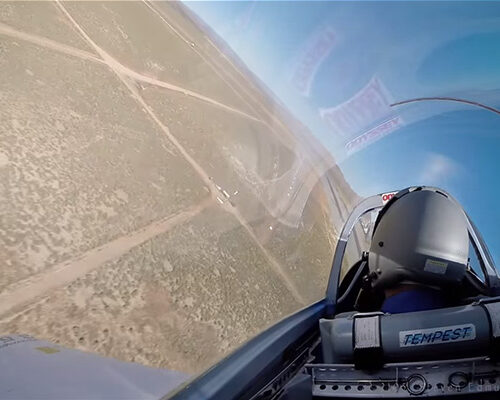Aug
12Sport Gold L-39 Pace
12
The Sport Class has been growing at such an incredible rate recently, not only in the size of the class but the speed of the top contenders, causing the class to change the way we start the Gold race. First, some more information about how some of the Gold racers work.
An experimental aircraft that is capable of 400 mph takes some fine tuning to say the least. Slang we use for that is called twizzling. Generally it consists of winding up a huge engine to create monster power levels, while flying formation, down the start chute of the race. These big engines take more than just throttle to make the power they do. With so many systems, manifold pressure, rpm, fuel flow, ADI flow, coolant spray bars, etc etc, you get pretty busy in the cockpit. This phase of the flight is compounded when you have to start from a low power setting, i.e. lower airspeed. The huge change in power levels cause massive changes in settings, something that is very hard to do in line abreast formation. The solution for this is actually very simple: Start the races at a higher power setting, where the engine is already ‘happy’. In the end that is much safer for pilots and engines, but it created a new problem.
The pace plane that the Sport Class has been using for many years is a Lancair Evolution, a PT-6 powered pressurized 4 seat kit aircraft. A leader in its class, but not quite fast enough for the Gold race. When you think about it, the Gold racers are now some of the fastest piston engine propeller aircraft that exist. The only way to have a safe pace aircraft is to either use an actual race aircraft, or.. use a jet!
With this beautiful example of an L-39 we can easily set a proper chute speed where the Gold racers can be up at a power level where the engine wants to be, making a much safer and competitive race start.

